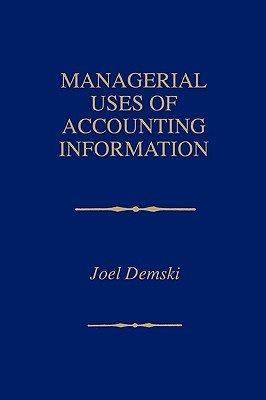standard costing procedures Ralph is studying labor cost for the State of Conneetieut. One of the employers
Question:
standard costing procedures Ralph is studying labor cost for the State of Conneetieut. One of the employers in a random sample faces the following situation. Workers are paid $14 per hour.
Totallabor hours multiplied by 14 is the total wage bill for the period in question.
State and federal employment taxes are assessed at the rate of 13.8% of the total wage bill. In addition, various benefits (medical and dental eare, ehild eare, vaeations, and so on) eost the employer $7,600 per employee per year. (Retirement provisions are also an issue here, but this firm funds these items separately, with a considerable lag. So we will not worry about this issue here.)
The employer uses standard costing. Employees work 2,000 hours per year.
The standard wage rate is 1.138(14) + 7,600/2,000 = 19.732 per hour.
a] What is the marginai cost of an hour of labor?
b] The employer supplies Ralph with labor eost breakouts for its monthly produetion over the past 18 months. When Ralph regresses labor cost on labor hours, the regression shows an insignifieant intereept and a highly significant slope of 19.61. Carefully explain Ralph's statistieal condusion. (There is nothing unusual in the speeifieation; everything is dean.)
AppendixLO1
Step by Step Answer:






